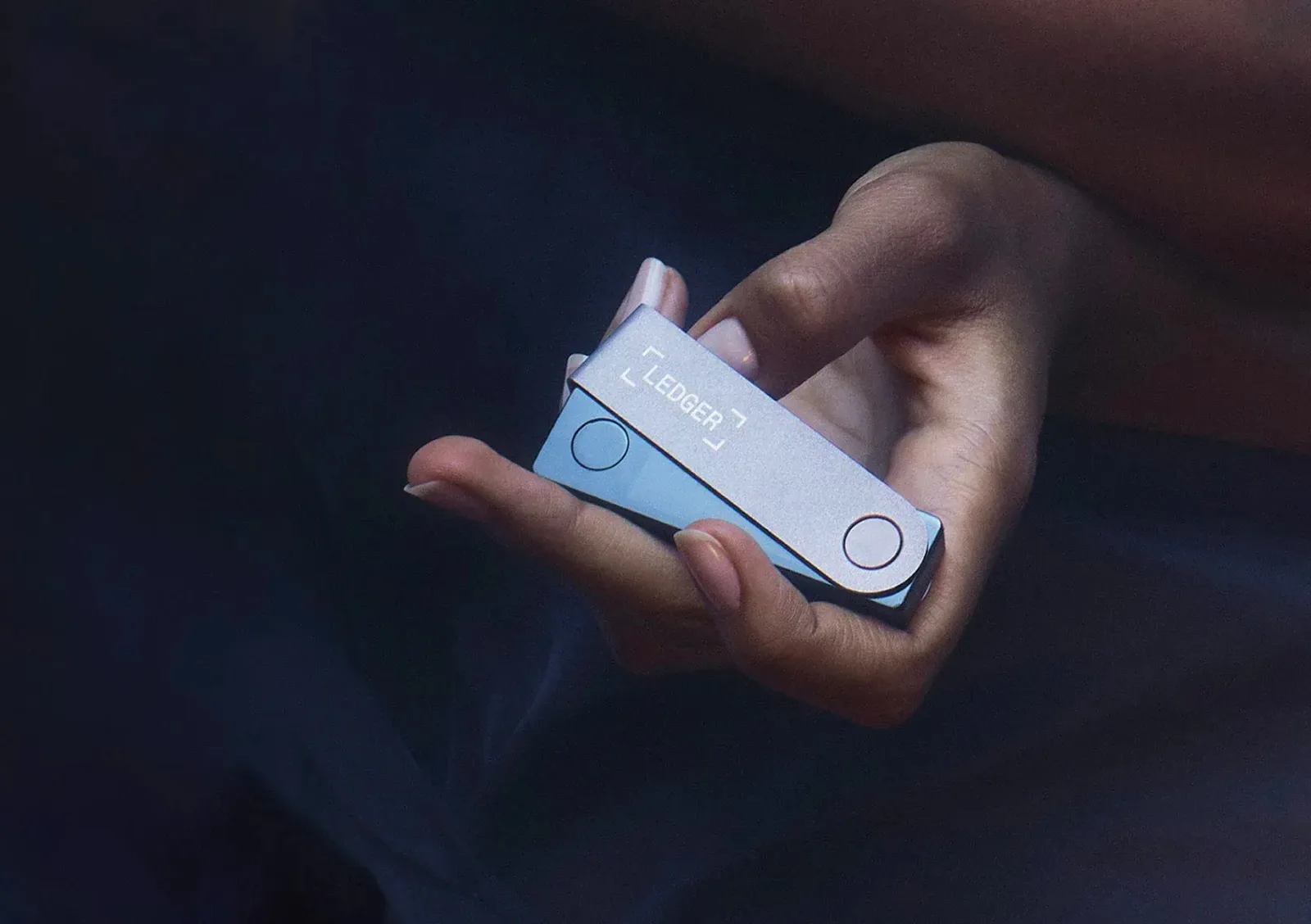In today’s digital landscape, where cryptocurrencies reign supreme, securing your precious assets is paramount. You might be asking yourself: is my money safe on Ledger? While hardware wallets like Ledger offer a robust layer of protection, hackers are constantly evolving their tactics. So, how do you ensure your Ledger remains an impenetrable fortress for your Bitcoin, Ethereum, and beyond? Read on for 5 essential strategies and 2 bonus tips to safeguard your crypto against even the most cunning attacks.
1. Lock Down Your Passphrase:
Your Ledger’s lifeblood is its 24-word recovery phrase. Treat it like the nuclear launch codes of your crypto kingdom. Never:
- Store it digitally (emails, cloud storage, screenshots)
- Write it down on a single piece of paper
- Share it with anyone, even Ledger support
Instead, consider:
- Using a physical recovery phrase backup like Cryptosteel or Ledger Stax.
- Splitting the phrase into multiple secure locations.
- Memorizing it (not recommended unless confident in your memory palace skills!).
2. Fortify Your PIN:
Your PIN is the first line of defense against unauthorized access. Make it strong:
- At least 8 characters long.
- Avoid predictable patterns like birthdays or pet names.
- Use a combination of uppercase and lowercase letters, numbers, and symbols.
- Never enter it on phishing websites or suspicious applications.
Consider enabling advanced PIN security features like delayed retries and self-destruct after too many failed attempts.
3. Embrace the Power of Firmware Updates:
Ledger takes security seriously and regularly releases firmware updates to patch vulnerabilities. Always update your Ledger promptly:
- Download updates only from Ledger’s official website (ledger.com).
- Be wary of phishing emails or suspicious links claiming to offer updates.
- Enable automatic firmware update notifications for peace of mind.
4. Befriend Two-Factor Authentication (2FA):
Think of 2FA as an extra padlock on your digital door. It adds an additional layer of verification when accessing your Ledger Live account. Choose a secure 2FA method like:
- Google Authenticator (a trusted app for generating one-time codes).
- Hardware security keys like YubiKey (physical devices offering the highest level of security).
- Avoid SMS 2FA, as it’s more susceptible to SIM swapping attacks.
5. Stay Vigilant Against Phishing:
Phishing scams are a major threat, aiming to trick you into revealing your private information or downloading malware. Be cautious:
- Never click on suspicious links or download attachments from unknown senders.
- Double-check website URLs before entering your Ledger PIN or recovery phrase.
- Only access Ledger Live from the official website or app.
- Beware of fake Ledger support channels and impersonation attempts.
Bonus Tips:
- Disable Bluetooth for added security, especially if you rarely use the feature.
- Consider using a separate computer for managing your crypto, especially if your primary device is used for other purposes.
By following these 5 strategies and bonus tips, you can transform your Ledger into an impregnable fortress for your crypto. No longer will you be wondering, “can crypto be stolen from Ledger.”
Remember, security is an ongoing journey, not a one-time destination. Stay informed, remain vigilant, and never stop learning about the ever-evolving landscape of crypto security. With these steps, you can confidently navigate the digital frontier and safeguard your precious digital assets for years to come.






